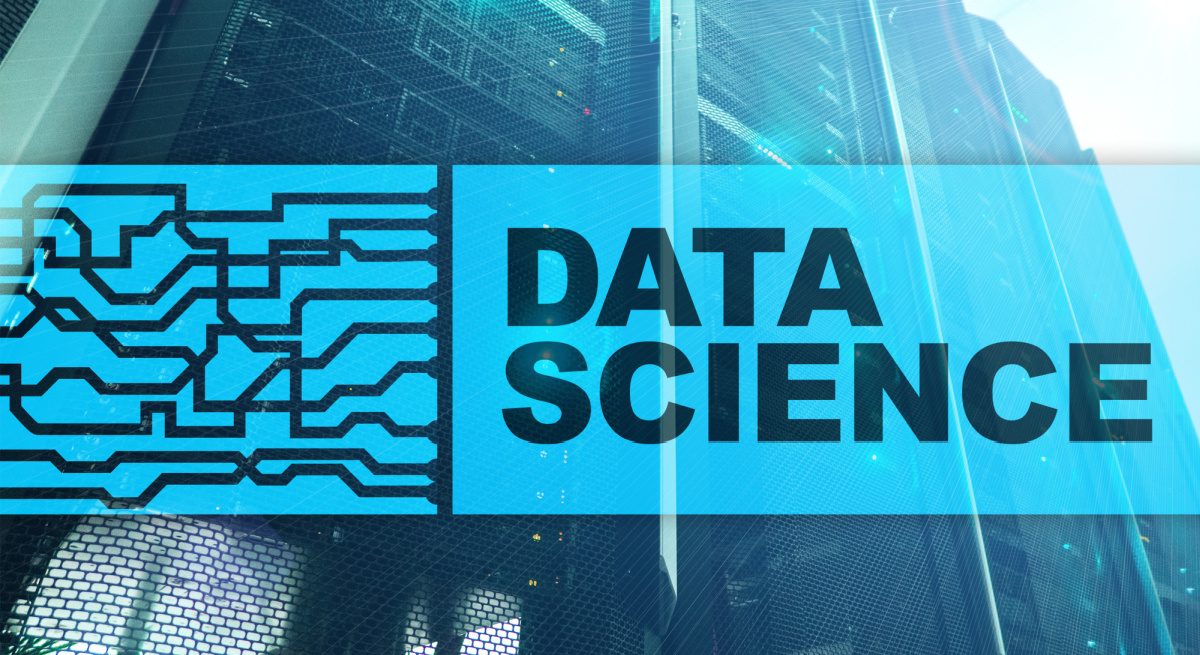Why Data Science Is More Important Than Ever
4 Min Read By Farzana Noorzay
It goes without saying that our industry has been one of the most impacted industries worldwide during the COVID-19 pandemic as it fundamentally squeezed from four directions at once.
The supply chain issues that have intermittently plagued other industries have also left restaurants scrambling, with everything from to-go cups to chicken wings going missing, often without warning and sometimes for weeks or months on end.
The so-called Great Resignation has also taken a heavy toll on the food service industry. Bureau of Labor statistics indicate that quit rates in the restaurant business have outpaced the national average by more than 2x since June 2021, with job listing data suggestive that those open roles aren't being filled.
For most successful brands, the way out is clear: become more digital, become more data-driven, operate more efficiently, move the marketing needle.
Consumers too squeezed the industry, particularly in the early days of the pandemic. The entire industry was forced to adopt a decade’s worth of delivery and curbside technology in a matter of months just to stay functional as consumers first battled lockdowns and later their own hesitancy to return to dining-in. Restaurants effectively had to reinvent themselves as to-go tech brands to survive.
And everyone in the industry had to navigate the implications of pandemic laws and guidelines, mask mandates and vaccine passports, all stemming from the nuanced patchwork of local, regional and national laws that were as different from city to city as they were from nation to nation.
Walk into a fast casual establishment in most major city centers and even in 2022, you’ll find many relying entirely on contact-free, app-only ordering protocols and closed or limited dining rooms. But travel to the same establishment’s suburban or rural locations, and you’ll find counter-based ordering, guests dining in and fully open dining room.
Added together, there has been much to contend with these last few years. But for most successful brands, the way out is clear: become more digital, become more data-driven, operate more efficiently, move the marketing needle.
Enter data science, the thing restaurants are going to need to double down on as we sputter into an impossible third pandemic year and plan for a future beyond it. Data sciences are how we predict demand for food based on the past, how we know what consumers are willing to pay, and how we build staffing models around anticipated surges.
It’s machine learning, AI and predictive analytics. It’s how we get navigate out of the various squeezes we find ourselves in. And that’s only the first half of how we’re using data sciences in restaurants today.
The other half is the real talking point, driving massive, game-changing gains in marketing.
With all that data generated from those countless online and mobile app-based orders, we’re building the future of restaurant marketing. We’re achieving one-to-one marketing and targeted incentives. We’re able to optimize loyalty to our brands, understand what our consumers are interested in today, and uncover what else they might be interested in tomorrow.
We’re using data science to build the same sort of intelligence you might see at Amazon or Netflix in food service. Those brands both famously excel in knowing who we are as consumers and which products we’re personally interested in. They seamlessly use that knowledge to offer us similar but different upsell items.
The pandemic moved us forward. It pushed us to the point where, yes, we’re experiencing short-term pains in staffing and supply chains, but we’re also gaining massive technological ground.
There’s no reason we can’t have the same thing in the modern restaurant industry.
After all, if my restaurant data can identify the customers who like citrus-flavored smoothies, why not build them offers that incentivize what they want, but a little more of it, or a little more frequently.
It’s data sciences that inform us of the optimal blend of incremental order generation to chase and incremental behaviors to incentivize, and with what motivation. We wouldn’t want to offer our citrus smoothie mom a coffee or a matcha beverage if that’s not something she’s historically shown any interest in.
Nor would we want to spend marketing dollars pushing meat to a vegan.
But instead, we can listen and aggregate. And when our data pool is rich enough, we can act in a way that showcases just how well we know our customers; how much we’ve learned about their behaviors and interests. We can connect the right messages at the right times to them through push notifications and emails and subtle changes to their in-app or on-kiosk menus, all in ways that literally optimize their consumer experiences in ways unique just to them.
It’s a massive leap into the future from two years ago, when we were still trying to convince restaurant brands around the world on the importance of building a standalone app (Tillster data is steadfast that it’s the most preferred method for ordering), or the value of curbside and delivery programs. Today, those are table stakes – basic expectations.
Instead, the pandemic moved us forward. It pushed us to the point where, yes, we’re experiencing short-term pains in staffing and supply chains, but we’re also gaining massive technological ground.
And with that ground, we can focus on the outermost periphery of data science’s possibilities: to turn the omnichannel brand experience into something uniquely personal that learns from our customers as individuals and uses that knowledge to drive incremental visits and expanded checks; to turn marketing dollars into demand generation engines; and to strengthen the bond between our guests and our brands using dynamic, intelligent personalization.


